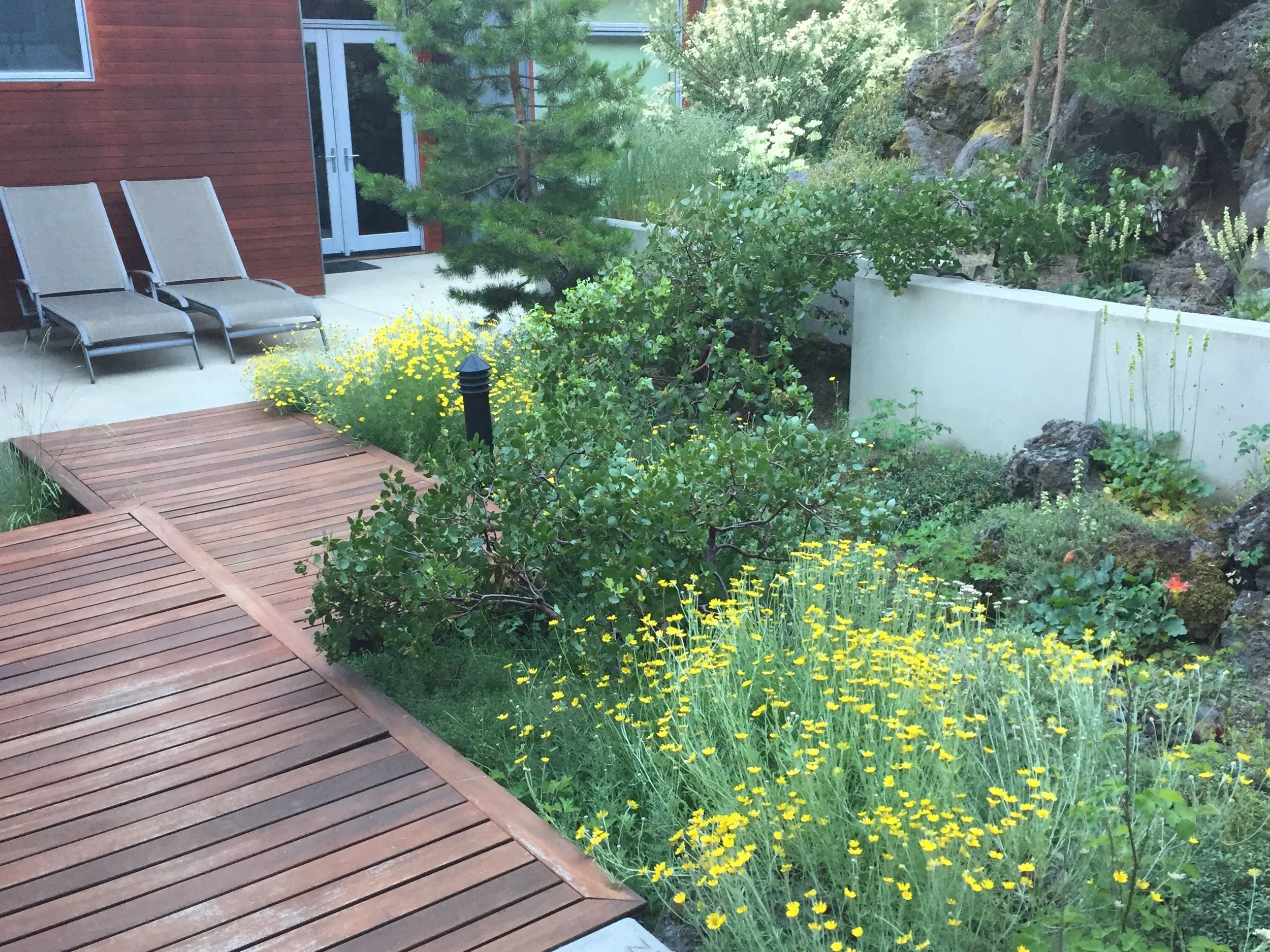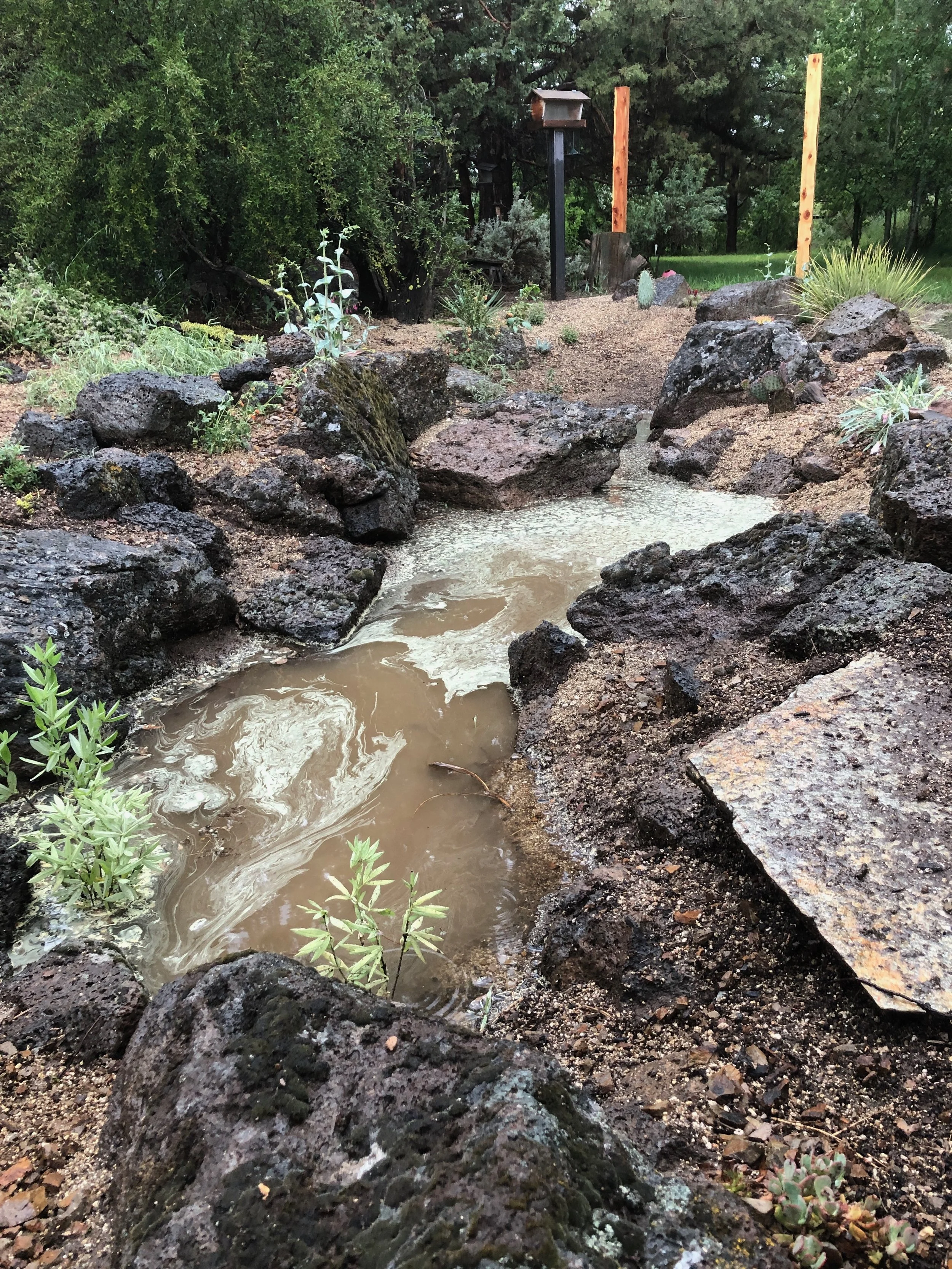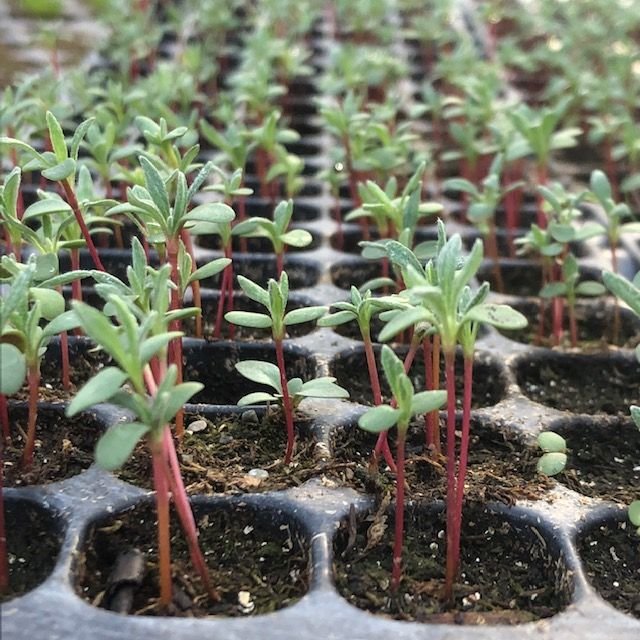We desperately need a wholesale change in how we view, design, and construct urban landscapes. Urban landscapes are often designed with a narrow range of non-native plants chosen solely for their ability to satisfy the aesthetic desires of either the landscape designer or the property owner, but often become expensive resource sinks impacting both the ecology and economic value of a property. They tend to be highly dependent on water, fertilizers, pesticides, and maintenance to preserve the visual quality many people expect of their surroundings.
But there are alternatives. Current practices are no longer practical or economically feasible as our climate changes and we experience increased droughts, a greater frequency of heat domes, and the associated negative social and environmental impacts of those changes. A new approach that promotes thoughtful design and native plants is one key method of reducing resource use and satisfying the aesthetic quality of an urban landscape while creating environmental conditions that support us and all the other life we depend on for our very survival.
The High Desert Horticultural Center was developed to provide leadership in “alternative” methods and to educate the public and the horticultural industry on practices that reduce our dependence on resources like water and fertilizers, contribute to long-term regenerative landscapes that will survive future environmental conditions, and contribute to a greater quality of life for urban residents. The field is broad, but we focus on four primary issues — Biodiversity, Resource Conservation, Pollinator Habitat, and the Human Environment — and address those issues through education, native plant production, research, and workforce development.
We welcome your interest, support, and involvement in our work! Thank you.







